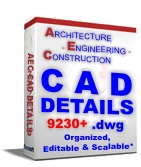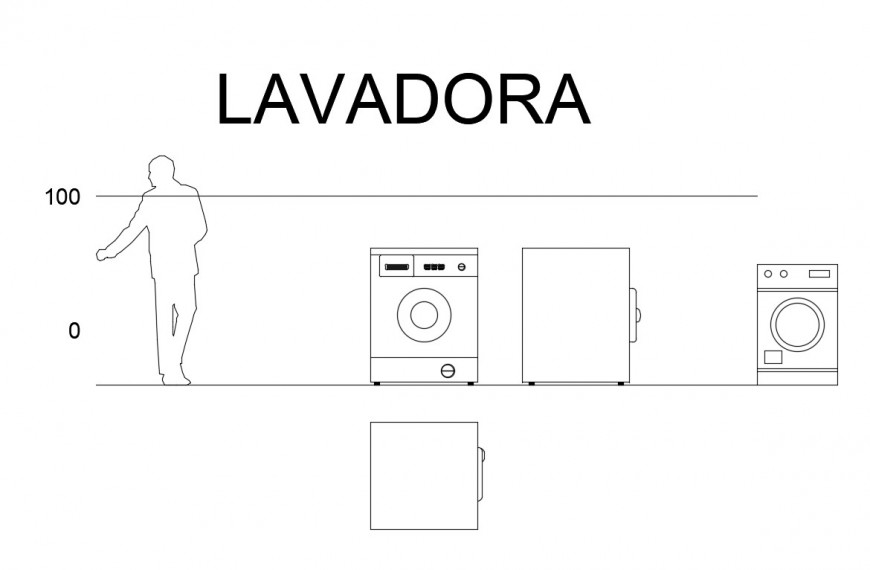Board And Batten Hatch Pattern For Autocad
- Board And Batten Hatch Pattern For Autocad Dimensions
- Board And Batten Hatch Pattern Autocad
- Board And Batten Hatch Pattern For Autocad Blocks
- Board And Batten Hatch Pattern For Autocad Tutorials
- Board And Batten Hatch Pattern For Autocad Block
In AutoCAD, hatches are annotation objects — like text and dimensions — in that they don’t directly contribute to the geometry of what you’re drawing. However, they do impart additional information.
Like text and dimensions, hatches also need to be scaled to suit the final drawing scale. Start with the common ANSI31 pattern. As defined, it produces parallel lines spaced 1/8” apart. So far, so good — but what if you’re drawing the cross section of a large part, such as the 10’ boom on a backhoe?

Remember to always draw at full size and then scale when you plot. If you were to apply hatches at the nominal 1:1 scale and then plot at 1:10 to fit the boom on a smaller sheet of paper, the 1/8” hatch spacing becomes 0.0125 inch, which effectively becomes a solid fill. As with text and dimensions, you apply a scale factor of 10 to the hatches. The hatch lines in the drawing file then turn out to be 1.25 inches apart, which scale down to 1/8” when you plot.
Board And Batten Hatch Pattern For Autocad Dimensions
Scaling the hard way
The hard way (the old way) to scale hatches is to calculate the scale factor before placing the hatches and then enter it into the appropriate window in the Properties panel on the Hatch tab of the Ribbon, in the hope that you don’t need to change the plotting scale later. You don’t even want to think about setting the scale for a detail at a different scale in the same drawing.
Board And Batten Hatch Pattern Autocad
Scaling the easy way

The easy way to scale a hatch is to select the drawing scale from the Scale List button in the lower-right corner of the AutoCAD screen, the same as you do for text and dimensions, and then to turn on the Annotative option in the Options panel of the Hatch tab on the Ribbon. Now whenever you create hatches, they scale themselves correctly to suit the current plot scale.

The Hatch command in AutoCAD is the same feature as the 'Fill' command in other software, the Hatch command let's you fill an area very quickly with a pattern. It takes a certain level of expertise to create your own hatch patterns, so this library of AutoCAD hatch patterns will let you quickly get started adding beautiful fill/hatch patterns. CAD hatch patterns for water, siding, steel tread plate, and glass. AutoCAD hatch patterns for granite, gravel, lava, coal, chalk, fossil, and gypsum. CAD hatch patterns for shale, soil, limestone, marble, and quartz. The ArchBlocks Hatch Patterns library includes AutoCAD hatch patterns for use with Unified Soil Classification System.
The setting of the Annotative button is good for only the current editing session, and it must be reset if you add more hatches later. The AutoCAD Help facility states that this setting is saved in the drawing, but it isn’t.
It is strongly recommended that you turn off the Automatically Add Scales option when placing annotative text and dimensions, because you normally don’t want everything to show at every scale, especially when creating details at other scales. Hatches, on the other hand, normally do show in every view at every scale, scaled accordingly. You might be tempted to turn this option back on for hatches, but if you do, the first time you change the drawing scale, the new scale is added to all existing annotative objects. The best practice is to edit the hatches and manually add scales.
Don’t confuse annotative and associative, even though both are polysyllabic words that start with a and sit next to one another in the Options panel on the Hatch Creation tab. Annotative hatch objects scale themselves automatically to suit the drawing scale. Associative hatch objects (enabled by default) update to the new area when you change the hatch boundary.
Board And Batten Hatch Pattern For Autocad Blocks

Annotative versus non-annotative
Here are two versions of the same drawing, dressed up with annotative and non-annotative hatch patterns. As shown by the annotation scales displayed on the drawings’ status bars, the annotative hatches change their scales, whereas the non-annotative hatches remain unchanged.
There is another way: The hatches in both views are the same object, but because the viewports have different scales, the hatches adjust accordingly.

Before annotative hatches first appeared in AutoCAD 2008, the only way to create the effect in these two views in both drawings was to create two separate layers, one for each hatch scale, hatch the object twice, and then freeze and thaw layers as appropriate.
I know this has been covered before, but I need a Board and Batten Hatch Pattern for 1x2 Batten Strips at 8' OC. Also does anyone have a good Render Material for representing the same?
I do not have access to ACad here or I would create my own. I tried a stand alone hatch pattern program, but could not get it to scale right in Revit.
Please help! Check out the render! Not finished yet (Corner Boards etc. and a color change), so be nice!
Thanks,
rgecy
Board And Batten Hatch Pattern For Autocad Tutorials
Board And Batten Hatch Pattern For Autocad Block
- Commercial-Cottages.jpg (93.3 KB, 118 views)